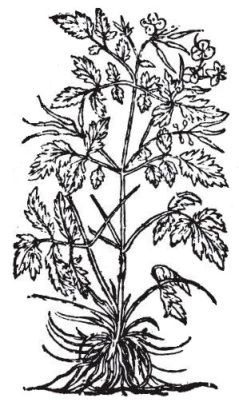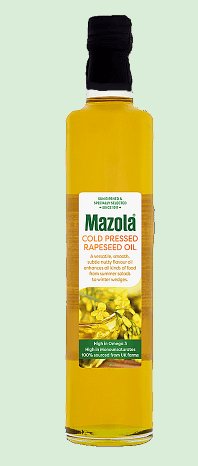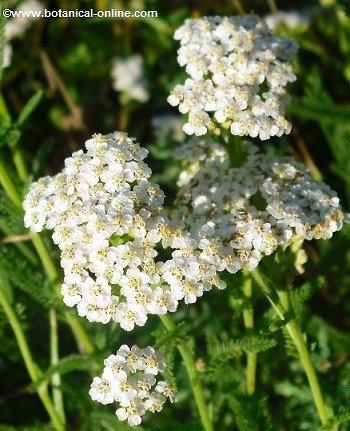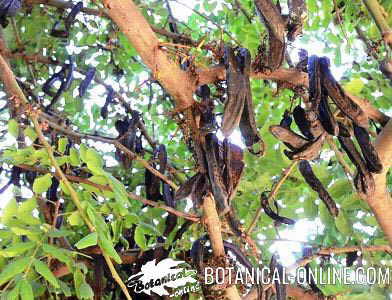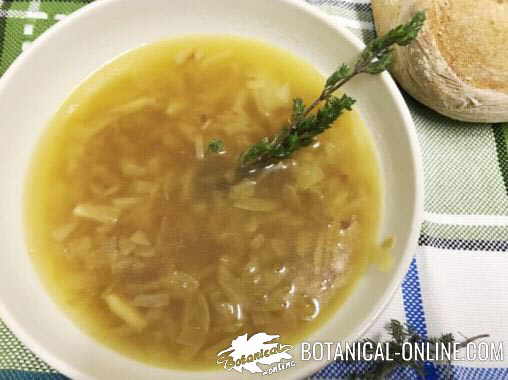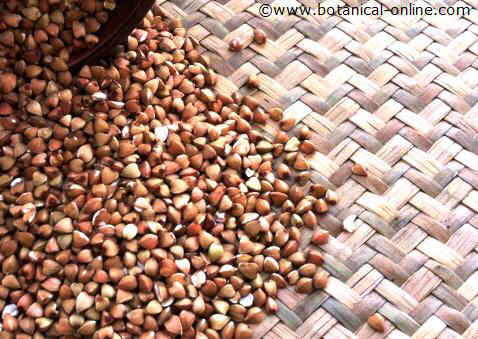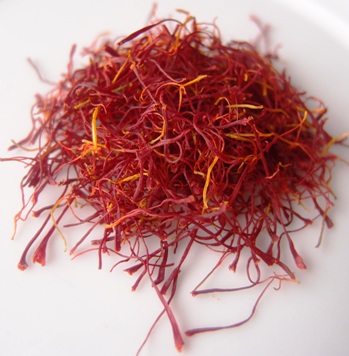Contents
- 1 NON recommended food for osteoporosis
- 1.1 FOOD NOT SUITABLE FOR OSTEOPOROSIS
- 1.2 What foods are suitable for osteoporosis?
- 1.3 Advice and food to AVOID to improve bone health
- 1.4 Control foods that prevent the absorption of calcium
- 1.5 Decalcifying diets and the calcium-phosphorus ratio
- 1.6 Calcifying foods and decalcifying foods diet
- 1.7 Avoid diets that are very rich in animal protein
- 1.8 Bad habits in osteoporosis
- 1.9 Low salt diet
- 1.10 Whole grains and osteoporosis
- 1.11 Oxalates of vegetables
NON recommended food for osteoporosis
FOOD NOT SUITABLE FOR OSTEOPOROSIS
What foods are suitable for osteoporosis?
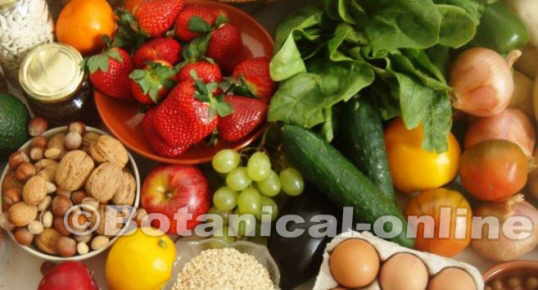
A healthy diet for osteoporosis is also healthy for the whole family
There are a number of healthy diet tips for osteoporosis, which should be adapted to each individual case. Do not wait to have bone diseases to start taking care of them!
In general, it is recommended to follow the following guidelines, adapting the recipes and advice to each particular case:
A healthy diet for osteoporosis is also healthy for the whole family
- Alkaline diet (rich in minerals calcium, magnesium and manganese): to make a diet of alkalizing waste is recommended to consume plenty of vegetables, fruits, nuts and legumes.
- Consume healthy soy products: regular consumption of soy may provide benefits for bones, but healthy soy products, such as tofu or tempeh, should be consumed. Those ultraprocessed soybeans that carry added sugar, fat or lots of salt are not recommended.
In addition, the benefits of consuming soy are not immediate, they are observed with the regular consumption of soy. This is because the intestinal flora has to adapt to the consumption of soy isoflavones.
- Vitamin D or solar vitamin: It is also necessary to control the vitamin D that is needed to absorb calcium, this will be obtained from the sun or blue fish.
- Physical exercise appropriate to the condition of the person.
It is always recommended to go to a doctor and a nutritionist duly qualified to improve the success of the treatment.
Advice and food to AVOID to improve bone health
In addition to taking the appropriate foods for osteoporosis, the following recommendations should be followed to improve the assimilation of the nutrients in the diet and the health of the organism. We must take care of the main points:
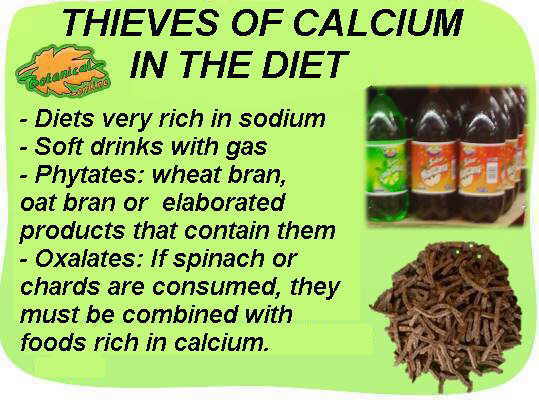
Summary of the main calcium thieves in the diet
Control foods that prevent the absorption of calcium
There are certain components in foods, called antinutrients, that impede the absorption of calcium. For the diet to be nutritious, you must control these foods that prevent the absorption of calcium or help to expel calcium, such as:
- Foods very rich in salt or excess salt in the diet: You should take a diet low in salt.
- Drinks or soft drinks with gas: the phosphates they contain are mineral thieves like calcium.
- Phytates of whole grains, it is advisable to avoid products based on wheat bran, oat bran or containing them. * There is no problem consuming foods naturally rich in phytates, such as brown rice, millet, buckwheat or whole grains.
- Oxalates from foods such as spinach, Swiss chard and beets. When these foods are consumed, they should be combined with foods rich in calcium, such as dairy.
- Tea and coffee caffeine
- Lose weight in case of obesity
- Avoid toxic substances such as alcohol and tobacco
Decalcifying diets and the calcium-phosphorus ratio
The accumulation of calcium in the bones depends on several factors. Among them, we find the so-called balance or calcium-phosphorus ratio. This balance is closely related to the alkaline diet and is based on the body’s pH balance.
You can summarize this theory in the following points:
- Phosphorus is an acid mineral, and it is abundant in animal foods rich in proteins (meat, fish, sausages, cured cheese, etc.)
- Calcium is alkaline and is found in legumes, nuts, vegetables, dried fruit, sesame, tubers, etc.
- The human body needs a slightly alkaline pH, so we must provide a lot of calcium at the same time as phosphorus.
- Eating a lot of meat or foods with a lot of animal protein (rich in phosphorus) produces acidification of the body.
- To counteract the acidity of phosphorus, if the diet does not have enough calcium, the body releases calcium from its reserves into the blood (calcium from the bones), causing the decalcification of the bone.
- In the long term it can produce a demineralization of the bones (loss of calcium from the bones), leaving the bones empty inside, weak, less dense and very fragile.
Calcifying foods and decalcifying foods diet
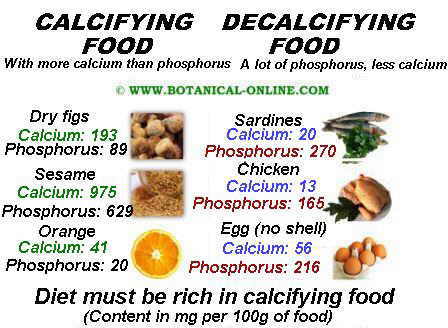
Summary of the theory of decalcifying foods
Below is a table with the main foods of the diet and its content of phosphorus and calcium. It should be understood that it is a simplification, because the food should be assessed as a whole and not only by some of its components.
What is recommended is that the diet has to be much richer in foods rich in calcium than in products of animal origin. For example, if an egg is consumed, it should be accompanied by foods with a lot of calcium, such as vegetables, fruits or seeds.
On the other hand, there are ultra-processed foods with a lot of added calcium that, in addition to this mineral, also contain a lot of salt, additives, a lot of sugar or bad fats. In this case, although the analysis would tell us that it is a calcifying food, they are not recommended.
Avoid diets that are very rich in animal protein
Diets that are very rich in proteins of animal origin cause the expulsion of calcium through urine or diets with very acidic foods.
All protein foods should be eaten, but in the right portions. Society generally makes an excess of this type of protein, to the detriment of plant proteins.
Vegetable proteins such as lentils or tofu contain a lot of calcium and magnesium, they are highly recommended and should be consumed more frequently.
Bad habits in osteoporosis
- Alcohol produces decalcification of bones.
- Tobacco: Smoking contributes to losing calcium.
- Coffee, tea, or drinks with cola: Caffeine in these drinks makes the body lose calcium when it is expelled through the urine. It is not necessary to eliminate coffee or tea, but to keep it away from meals.
- Carbonated beverages such as soft drinks with gas: Along with some processed meats, such as ham or pâté, they contain phosphates that cause calcium to be lost.
Low salt diet
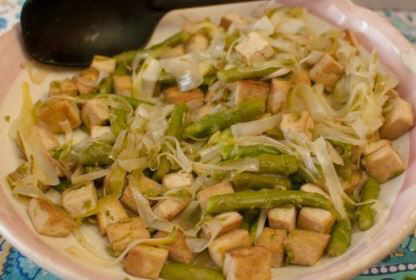
Photo of sautéed tofu with vegetables
Salt, together with proteins, contributes to the loss of calcium by inhibiting the absorption of vitamin D. You should also avoid tinned canned foods because they have a lot of salt.
* Very interesting: Balance salt and potassium diet
Whole grains and osteoporosis
Whole grains are rich in phytates, which prevent the absorption of calcium. It is not convenient to take an excess of these foods. The highest doses are achieved with fiber supplements as in the following cases:
- Wheat bran contains phytates that inhibit the absorption of calcium. In case of constipation, consult other laxative remedies or use similar flours such as oat bran, which contains minerals such as magnesium, zinc and boron in addition to fiber.
- Oat bran
- Branbased whole grains
Oxalates of vegetables
Oxalates form a compound with calcium and prevent its assimilation in the body. These include spinach or beet. Oxalate is soluble in water and it is possible to partially eliminate it by boiling these foods (it remains dissolved in the cooking water).
We can take foods that contain oxalates by taking these three precautions:
- Do not consume foods rich in oxalates very frequently.
- Boil these foods and dispose of the cooking water.
- Combine with calcium rich foods the same food, cheese, yogurt for dessert, homemade yogurt sauce in the salad, etc.
![]() More information on osteoporosis.
More information on osteoporosis.

